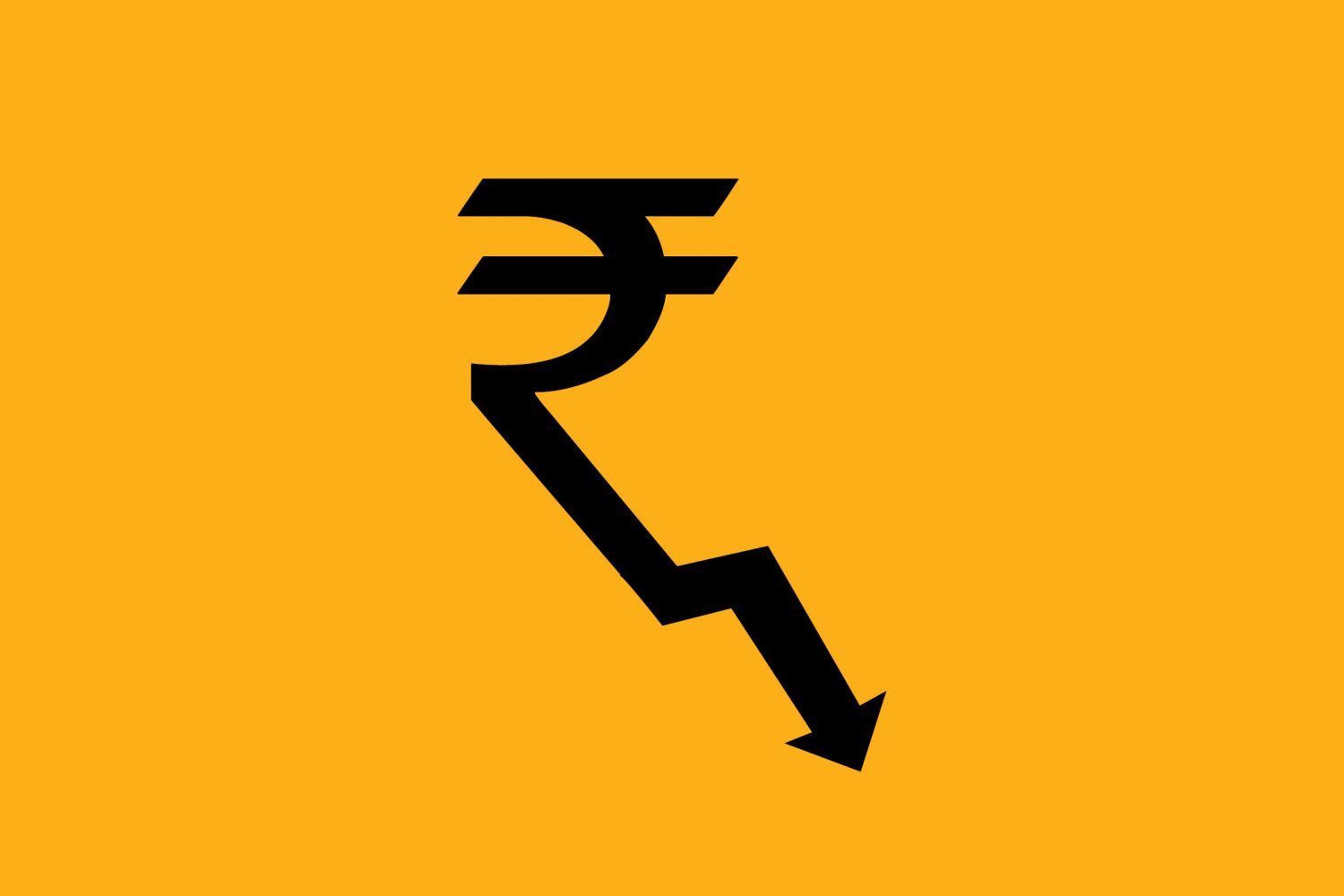
It is now beyond doubt that the Indian economy is
experiencing a steep slowdown. Every relevant indicator is pointing southwards,
to the point that some market analysts like Goldman Sachs have declared that
the current economic crisis is worse than 2008. The GDP data point to a clear
slackening of pace, and even these data are questioned for several reasons,
with many economists pointing out that—because they do not properly incorporate
informal economic activity that has been badly hit i





